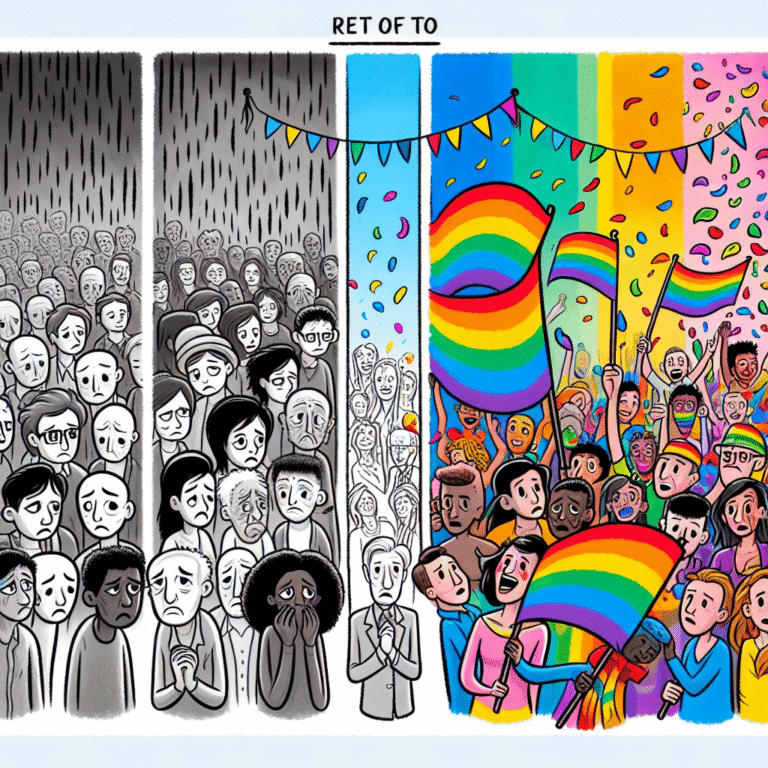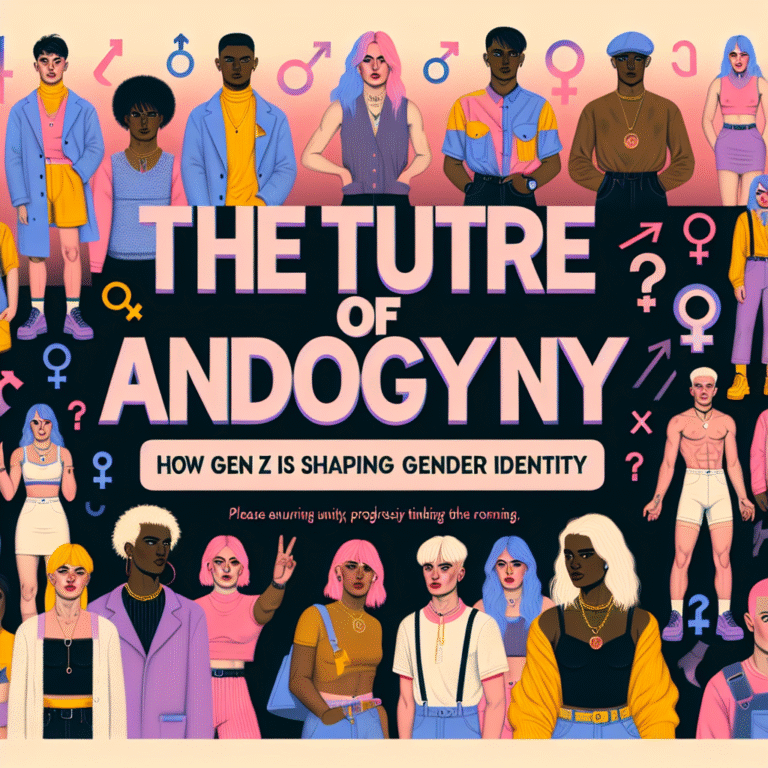
Introduction
Imagine a policy designed to alleviate poverty that inadvertently exacerbates inequalities among marginalized communities. Such scenarios underscore the critical need for intersectionality in policy making. From Theory to Practice: Applying Intersectionality in Policy Making is not merely an academic endeavor; it is a transformative approach that can reshape our understanding of systemic inequalities. By intertwining various identities—such as race, gender, sexual orientation, and class—policies can more effectively address the nuanced realities faced by diverse populations. In this article, we will explore the principles of intersectionality, delve into real-world applications, and provide guidance on implementing these strategies in policy making.
Understanding Intersectionality
Intersectionality is a framework that examines how various social identities intersect and overlap, influencing experiences of oppression and privilege. Coined by scholar Kimberlé Crenshaw in the late 1980s, the term emerged from feminist and critical race theories, and it has evolved to encompass a broad range of identities. Understanding intersectionality is essential for creating policies that genuinely uplift all community members, especially those at the margins.
Why Intersectionality Matters
- Holistic Perspective: Policies that ignore intersectional identities risk perpetuating systemic discrimination.
- Targeted Solutions: Recognizing diverse experiences allows for tailored interventions that address specific needs.
- Inclusivity: An intersectional approach promotes social justice by ensuring that no group is overlooked in the policy-making process.
Case Studies in Intersectionality
1. The Affordable Care Act (ACA)
Overview
The ACA was designed to expand health coverage across the United States. However, in implementing the law, some communities found gaps due to their unique intersecting identities.
Analysis
The ACA’s impact varied dramatically across different racial and socio-economic groups. For instance, while the Act has broadened access to healthcare, many low-income communities of color faced barriers due to systemic inequalities in the healthcare system. Policymakers leveraged data on these disparities to incorporate tailored outreach strategies, demonstrating how From Theory to Practice: Applying Intersectionality in Policy Making can foster an inclusive approach.
| Identity Factor | Access Improvement | Barriers Encountered |
|---|---|---|
| Racial Minorities | +15% Coverage Rate | Language Barriers, Trust Issues |
| Low-Income Families | +20% Coverage Rate | Affordability, Transportation |
2. The Gender-Based Violence Policy
Overview
This policy aims to protect against gender-based violence. However, the experiences of individuals greatly differ based on intersecting identities like race, ability, and economic status.
Analysis
The implementation of this policy revealed that marginalized groups, particularly immigrant women and LGBTQ+ individuals, often face unique forms of violence and discrimination. By integrating intersectional insights, the policy was amended to provide targeted resources for these communities. This exemplifies how From Theory to Practice: Applying Intersectionality in Policy Making can lead to more effective protections for all.
3. Criminal Justice Reform
Overview
Criminal justice reform seeks to create fairer systems for those involved in the legal process. However, the experiences of different communities can greatly vary.
Analysis
In examining sentencing practices, researchers found that women of color often received harsher penalties compared to their white counterparts. Incorporating intersectional data into the reform process allowed for a more nuanced understanding of systemic biases, leading to the creation of guidelines that acknowledge these disparities. This case highlights the power of From Theory to Practice: Applying Intersectionality in Policy Making in reforming laws to consider the varied experiences of all citizens.
Key Principles for Implementing Intersectionality in Policy Making
1. Data Disaggregation
Disaggregating data by social identities can illuminate how policies impact different groups. This is essential for ensuring that policies do not inadvertently harm marginalized communities. For example, when collecting survey data, it’s vital to analyze results by race, gender, and socioeconomic status.
2. Stakeholder Engagement
Engaging with community stakeholders ensures that diverse voices are heard in the policy-making process. Forming coalitions with organizations representing various identities can help create policies that account for multiple perspectives.
3. Adaptability
Policies should be adaptable based on ongoing community feedback. Establishing mechanisms for regular evaluation can help identify where policies may fall short and allow for real-time adjustments.
4. Interdisciplinary Collaboration
Intersectionality thrives through collaboration among various academic and policy-making disciplines. Combining insights from sociology, economics, public health, and criminal justice can create a comprehensive approach to addressing systemic inequalities.
5. Training for Policymakers
Investing in training for policymakers on intersectionality can promote greater awareness and application. Workshops, seminars, and resources can equip decision-makers with the tools needed to assess policies through an intersectional lens.
Challenges in Applying Intersectionality
1. Resistance to Change
Implementing intersectionality often faces institutional resistance. Many policymakers may find it uncomfortable to address complexities that challenge traditional frameworks.
2. Resource Constraints
Limited funding can hinder the application of intersectional approaches. Robust intersectional analyses require resources, staffing, and time.
3. The Complexity of Identities
Navigating the intricacies of overlapping identities can complicate the policy-making process. Balancing diverse needs and ensuring inclusivity is an ongoing challenge.
Conclusion
From Theory to Practice: Applying Intersectionality in Policy Making is essential in today’s multifaceted society. By recognizing and addressing the nuanced experiences of different social identities, policymakers can create more inclusive, effective, and just policies. This approach not only fosters equity but also builds more resilient communities. As we move forward, embracing intersectionality in our policy-making practices is not just a moral imperative but a strategic necessity for sustainable development and social justice.
FAQs
1. What is intersectionality in policy making?
Intersectionality in policy making is an approach that considers how various social identities—such as race, gender, and socioeconomic status—interact to shape individual experiences, thereby informing more effective policies.
2. Why is intersectionality important?
Intersectionality is crucial because it provides a comprehensive understanding of systemic inequalities, ensuring that policies address the needs of all community members, particularly the most marginalized.
3. Can intersectionality improve existing policies?
Yes, integrating intersectionality into policy making can highlight disparities and gaps, leading to better-targeted solutions that enhance fairness and equity.
4. How can policymakers implement intersectionality?
Policymakers can implement intersectionality through data disaggregation, stakeholder engagement, adaptability, interdisciplinary collaboration, and training.
5. What are the challenges in applying intersectionality?
Challenges include resistance to change, resource constraints, and the complexities of navigating overlapping identities. Addressing these obstacles is key to effective policy development.
By diving deep into the application of intersectionality in policy making, we can transform abstract theories into tangible actions that address the realities faced by diverse communities. The journey from theory to practice is not just about policy change; it is about creating a society where everyone has an equal chance to thrive.















